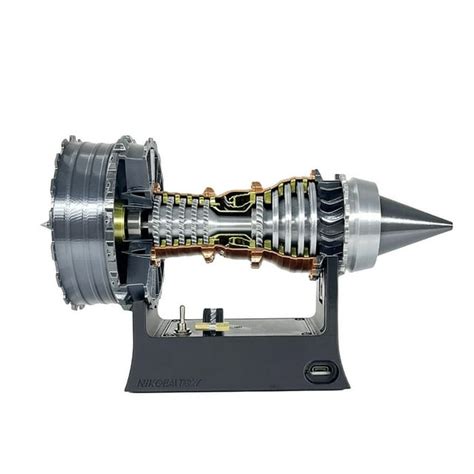Understanding the mechanics of the trade volume analysis in cryptocurrency
Cryptocurrencies have become increasingly popular in the past ten years, with Bitcoin being one of the most widespread and digital assets. As a result, retailers and investors are constantly looking for ways to identify potential opportunities and to manage the risk. An important aspect of cryptocurrency trade is the understanding of the mechanics of the commercial volume analysis.
What is trading volume?

The trading volume refers to the total amount of currency or cryptocurrency, which is traded in a certain period of time. In other words, it is the number of transactions that have taken place during this time. The trading volume can be measured in different ways, including:
- Number of trades
- Size of every trade (in terms of amount and price)
- Average daily trading volume
Why is the trading volume important?
The trading volume is essential for several reasons:
- Risk management : A high trading volume indicates that a currency or cryptocurrency is very volatile and susceptible to quick price fluctuations.
- Market feeling : Volatile commercial volumes can signal changes to the market mood, such as:
- Entry/exit signals : The trading volume can provide a reference to potential entry and exit points for shops and dealers help to expect potential price movements.
Types of commercial volume analysis
There are different types of commercial volume analyzes with which dealers and investors analyze market trends:
- Time -based trade volume analysis : This includes the analysis of the commercial volume over time to identify patterns or trends.
- Day trading volume analysis : This focuses on short -term trading volumes, typically within a single day.
- Weekly/monthly/annual trading volume analysis : This examines broader market trends and average values.
Key indicators for trading volume analysis
When carrying out the trading volume analysis, the dealers should concentrate on the following key indicators:
- High-rate volume days : Identify days with high trading volumes because you often display increased purchase or sales activities.
- days with a low trading volume : Conversely, identify days with low trade volumes, which may indicate a reduced interest in a currency or cryptocurrency.
- Volatility cluster : Look for time spaces with a high and low trading volume to identify potential volatility clusters.
Tools and resources
In order to carry out a comprehensive trading volume analysis, retailers can use various tools and resources:
- Trade platforms : Websites such as Coindesk, Coindesk and Cryptoslate offer real-time market data and analyzes.
- Market research reports : Organizations such as Deloitte, Goldman Sachs and JP Morgan offer a detailed market analysis and insights.
- Social Media : Follow cryptocurrency influencers, dealers and analysts to stay up to date via market trends.
Best practices for trading volume analysis
To maximize the effectiveness of the trading volume analysis:
- Carry out thorough research : Check the data sources and take care of the accuracy before using it as the basis for your analysis.
- Combine several indicators : Use a combination of factors, e.g. B. days with a high trading volume, low trading volume and volatility cluster to create a comprehensive view of the market trends.
- remain adaptable : Be ready to adapt your strategy based on the changing market conditions.
Diploma
In summary, understanding of the mechanics of the trading volume analysis for dealers and investors who want to make well -founded decisions on the cryptocurrency market is of essential importance.
